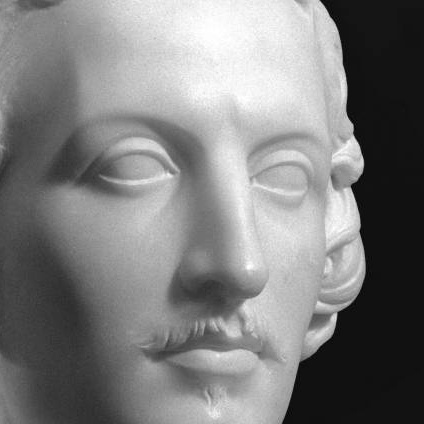Humans are pretty spectacular at image recognition. We have a seemingly innate ability to look at an image and tell if it is that of a human face - even if it has been severely distorted.

Occasionally though, the software in our brains is a little too eager to see a face.
This phenomenon is called Pareidolia. It's what causes you to see dragons when you look at the clouds, and a smiling face when you see :-)
Recently, I've been running facial recognition software on artworks held by Britain's Tate Gallery. They have an amazing Open Data set for their entire collection - including fairly high quality scans of each piece of artwork.
Using OpenCV and Python, it's possible to examine an image for facial features. Running over some of the artwork, I was surprised at just how good it was at picking up facial features from a wide variety of art styles.




All of the above were automatically identified as being sufficiently face-like.
As it happens, computers also suffer from Pareidolia!



Again, all of the above were automatically identified as being sufficiently face-like. Even the window pane...
I find it fascinating that we can create such high quality image recognition digitally, and yet still have it subject to the same bugs as our organic brains.
You can read the code that I used to recognise the images, and see the faces themselves, on my GitHub page.
What links here from around this blog?